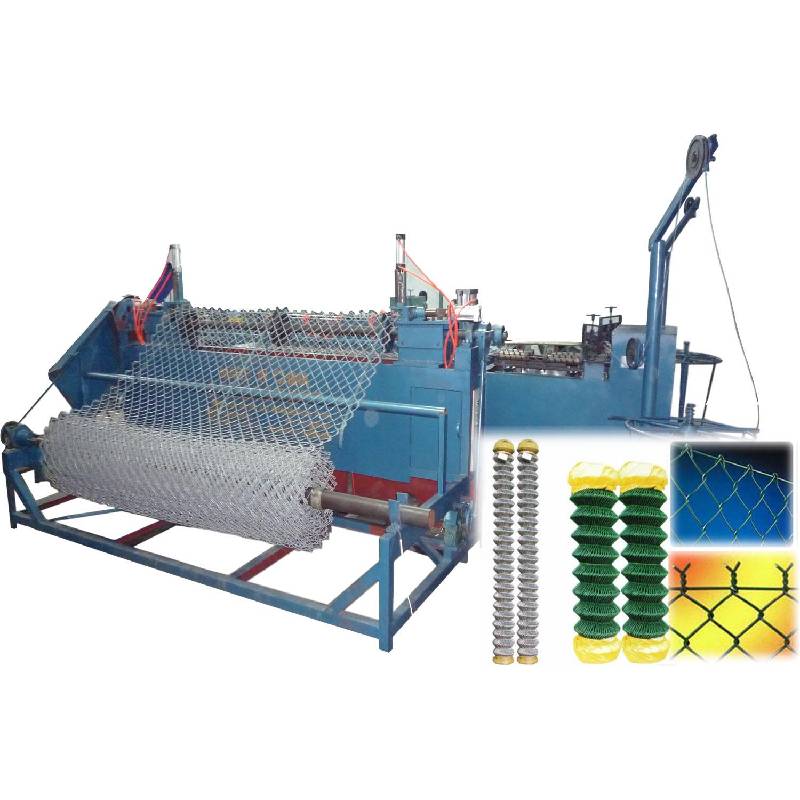
- Mobile Phone
- +8613931874955
- sales@cntcmetal.com
Creative Floral Arrangements Using Aluminum Wire for Unique and Lasting Designs
The Art of Floral Design with Aluminum Wire
Floral design has long been celebrated as an art form—one that combines creativity, nature, and craftsmanship in beautiful arrangements. Among the various materials florists and designers utilize, aluminum wire has emerged as a versatile and innovative choice, allowing for new dimensions in floral art. This article explores the use of aluminum wire in floral design, highlighting its benefits, techniques, and applications.
Understanding Aluminum Wire
Aluminum wire is lightweight, flexible, and durable, making it an ideal medium for floral designers. Available in various thicknesses and colors, it can easily be shaped and molded to fit an array of design aesthetics. Unlike traditional floral wire, which can be rigid and limited in function, aluminum wire provides the freedom to create intricate forms and structures that enhance the overall arrangement.
Benefits of Using Aluminum Wire
One of the primary advantages of aluminum wire is its malleability. Designers can twist, bend, or stretch the wire without the fear of breakage, allowing for complex designs that can be adjusted and re-shaped as needed. Additionally, aluminum wire is rust-resistant, ensuring that designs remain intact and visually appealing over time. Its lightweight nature means that even large structures do not become cumbersome, making transportation and display easier.
Furthermore, the variety of colors available in aluminum wire adds a striking visual element to floral arrangements. Designers can match or contrast the wire with floral blooms, enhancing the color palette and creating harmonious compositions that draw the viewer’s eye. This adaptability opens up a world of creative possibilities, encouraging designers to think outside the box.
Techniques in Floral Design
aluminum wire floral design

When working with aluminum wire, there are several techniques that designers can employ to elevate their floral arrangements. One popular method is creating wire frameworks that serve as the backbone for floral elements. These frameworks can be made in various shapes—such as spirals, arches, or geometric forms—providing a skeleton that supports flowers and greenery while adding visual interest.
Another technique involves using aluminum wire to create unique, sculptural elements that act as focal points within an arrangement. Designers can incorporate loops, spirals, or even intricate motifs that mimic natural shapes, such as vines or branches. This 3D aspect adds depth and dimension to the arrangement, making it more engaging and dynamic.
Aluminum wire can also be integrated into the base of floral designs. By wrapping the stems of flowers with colored wire, designers can create a cohesive look that unifies the arrangement. Moreover, wire can be used to anchor flowers in place or to create the illusion of flowers floating in the air, adding a whimsical touch.
Applications in Floral Design
Floral arrangements utilizing aluminum wire are not limited to traditional bouquets; they can be applied across various contexts. Wedding decorations, centerpieces, and event installations are just a few examples where aluminum wire can play a critical role. Designers can create stunning arches adorned with flowers, trailing wire vine-like structures, or even hanging installations that catch the light and draw guests closer.
In addition to events, aluminum wire is perfect for home décor. Unique wall art pieces, plant hangers, or floral centerpieces can brighten up spaces while showcasing the designer’s creativity. The use of aluminum wire in floral design represents a fusion of natural beauty with modern artistry, making it a desirable choice for contemporary design aesthetics.
Conclusion
Aluminum wire has revolutionized the field of floral design, offering infinite possibilities for creativity and expression. Its versatility, durability, and aesthetic appeal allow designers to push boundaries and explore new artistic avenues. Whether in a wedding bouquet or an imaginative installation, the integration of aluminum wire in floral design is an exciting trend that showcases the potential of blending nature with modern materials. As designers continue to experiment with this medium, the future of floral artistry looks more vibrant and dynamic than ever before.
share:
-
Yard Sign Stakes: Reliable Guardians of Outdoor SignsNewsAug.04,2025
-
Wall Ties: Invisible Guardians of Building StabilityNewsAug.04,2025
-
Resilient Web: The Super Guardian Power of Concrete MeshNewsAug.04,2025
-
Masonry Accessories: A versatile assistant on building foundationsNewsAug.04,2025
-
Iron Binding Wire: the 'invisible reinforcement specialist' in the fields of architecture and industryNewsAug.04,2025
-
Dynamic Spring: The diverse functions and excellent performance of Wire Tension SpringNewsAug.04,2025
-
Your Source for Concrete Wall Ties and Masonry AccessoriesNewsJul.10,2025



















